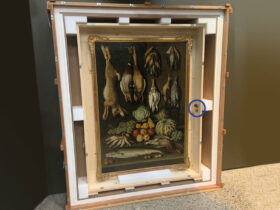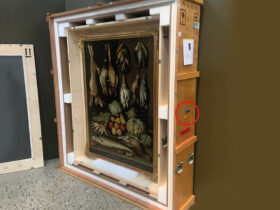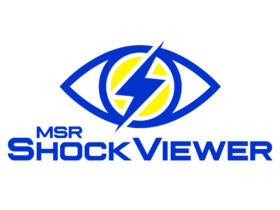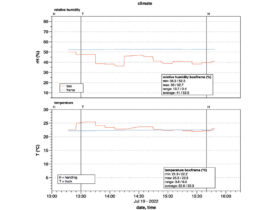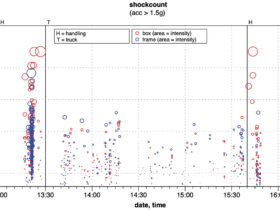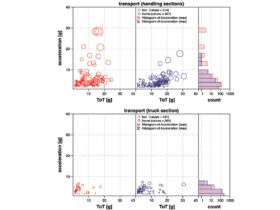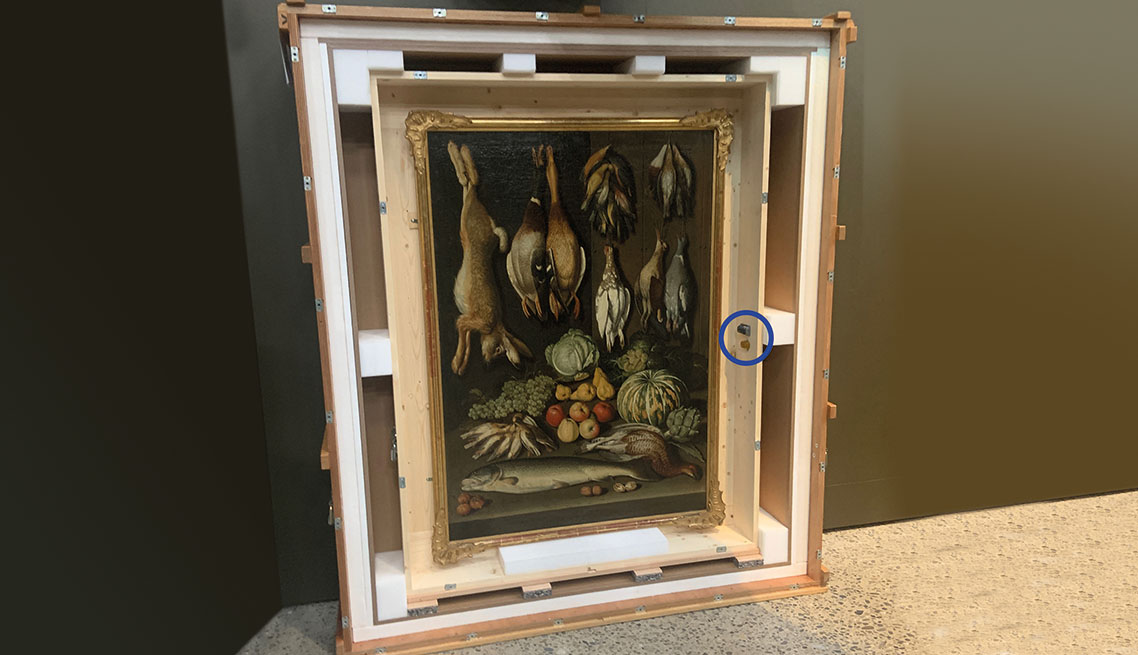
Transport Monitoring of Fragile Artworks
Use of the MSR165 and MSR175 data loggers in everyday museum life
Since 2015, selected transports at the Kunstmuseum Bern have been monitored using MSR data loggers. The collected data provides a basis for the planning of loan transports to assess the expected stress on the artwork and the performance of the packaging in terms of vibration, shock and the insulation of temperature and relative humidity.
The preservation of our cultural heritage is designed for long time horizons. The works of art should be publicly accessible to society today and in the future, in the form of exhibitions, and their interrogation in current social contexts means that our cultural heritage remains alive. Our current global understanding of culture has led us to move works of art physically and to transport them to local or international exhibitions. Mechanical impacts (shocks, vibrations), light and climate fluctuations are the associated risk factors.
Works of art classified as “fragile” are particularly at risk. These include works that have high sensitivities due to experimental artistic techniques or are made of materials that have aged and weakened over the centuries. Many of the paintings to which we ascribe high cultural value today fall into this category. The appreciation and the endangerment cumulate to a certain extent in a high demand for preventive protective measures. A proven approach to this problem is the optimal controllability of risk factors.
Research results
This was the premise behind the Innosuisse-sponsored project Transport fragiler Gemälde 2010 – 2014 (www.gemaeldetransport.ch). An interdisciplinary research team tried to understand what happens during a transport.
- Which vibrations affect a painting during air transport, which during truck transport?
- Where can patterns be detected that we can extrapolate to the duration of impact and include in the risk assessment?
- Which phases are to be classified as unknown factors?
- How can the mechanical sensitivity of paintings to vibration and shock be characterised?
- How can packaging systems be improved to reduce the stress on the work of art during transport?
It has been shown that preventive protective measures at the plants and optimised packaging systems can measurably reduce the number and intensity of vibration effects.
However, vibration and shock loads are unavoidable in any transport. Some of these can be estimated on the basis of the chosen transport route and the means of transport. However, a portion remains random due to specific constellations or special events (e.g. accident).
It therefore seemed crucial to develop a tool for monitoring and documenting all transport processes that could be used in everyday museum life.
Monitoring of museum transports of paintings
In the Museum of Fine Arts Bern and selectively in other Swiss museums, selected transports have been monitored since 2015. The measurement strategy provides for simultaneous measurements inside the packaging and on the outside. In addition to measuring the load on the work, this also enables an assessment of the performance of the packaging in terms of vibration, shock and the insulation of temperature and relative humidity.
Transport data loggers of the type MSR165 were used for the measurements, which allow a high measuring frequency and, thanks to the SD memory card, a complete data recording. The evaluation method developed during the CTI project was adapted and further developed for use in the museum.
Since then, around fifty works of art have been accompanied on their journey around the globe. The collected data provides a basis for the planning of loan transports to assess the expected stresses. For important works, all local changes have been recorded by means of monitoring since 2015.
Monitoring with the MSR175 data loggers
In order to reduce the effort for the evaluation and thus to be able to increase the number of monitorings, first attempts were made with the transport data loggers MSR175 and the evaluation software MSR ShockViewer.
During the transport of a painting from Zurich to Bern, the data loggers were placed close to the work of art and on the outside of the transport box, as shown in figures 1 and 2, according to the existing measurement concept.
Three phases were recorded. From the exhibition rooms of the Zurich museum, the closed transport crate was pushed into the shipping area with the help of trolleys and secured in the air-conditioned loading area of the truck. These handling phases are referred to as ‘handling’. The second phase refers to the journey from Zurich to Bern (truck). This is followed by another handling phase in which the transport crate was pushed from the truck to the depot area of the Kunstmuseum Bern using special trolleys.
These phases are shown on figures 3 and 4 in terms of vibrations and climatic conditions over time. The blue data points are recorded at the factory, the red ones on the outside of the packaging.
The climatic conditions are stable inside the packaging during the entire transport process. The thermal insulation and moisture barrier of the packaging function perfectly during this relatively short transport.
The interpretation of the movement data is much more complex. Nevertheless, the characteristics of the recorded phases can be well differentiated. During handling (manual or mechanical lifting, setting down, pushing; transfer on trolleys, fastening in vehicles), the highest acceleration values are usually measured. The values on the outside of the transport box are higher than inside, which indicates a functioning shock absorption. During truck transport, the picture is different. The values inside the packaging are on average higher than on the outside. Due to resonance effects (vibration) of the packaging materials, there are slight amplifications here.
The challenge in designing the foam padding is to take into account the different requirements of shock and vibration damping. While efficient shock damping is possible with these materials, only resonances can be minimised in the relevant frequency range (below 100Hz) with regard to vibrations.
The MSR 175 data logger seems ideal as a tool for comprehensive, practice-oriented monitoring of art transports. The high measuring frequency makes it possible to record all relevant vibrations. The MSR ShockViewer evaluation software enables a simple, detailed analysis of the measurement data and, thanks to the export options, further processing for the specific presentation of the transport process.
Looking to the future, we expect a simplified monitoring strategy to be a tool for museums to measure the transport of important works in their collection and to clearly document the accumulation of stress. The systematic recording and evaluation of the potential damage factors that have an impact will make it possible to correlate the stresses with the specific sensitivity of the artworks and to optimise transport packaging.
These pages might also interest you:
- Product overview data loggers for museums, archives, galleries, conservation
- Product overview MSR data loggers for transport and logistics
- Swiss National museum, Zurich: MSR data logger for climate monitoring of exhibition objects
- 3sat: TV report on a CTI research project on the transport of paintings
- CERN, European Organization for Nuclear Research: MSR175plus data loggers with GPS as transport detectives
- Acceleration measurements: Vibration, oscillation, shock: determination of acceleration values with MSR145, MSR165, MSR175 and MSR175plus data loggers.
 Deutsch
Deutsch

